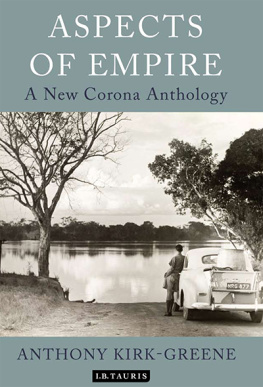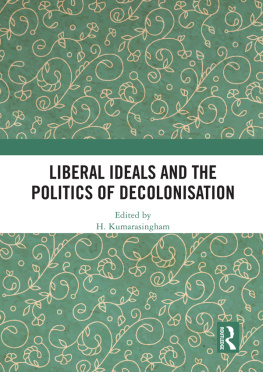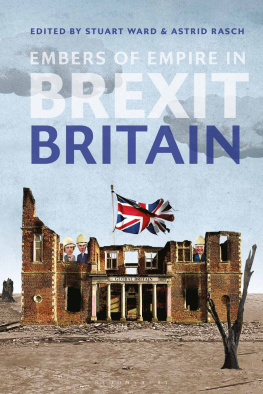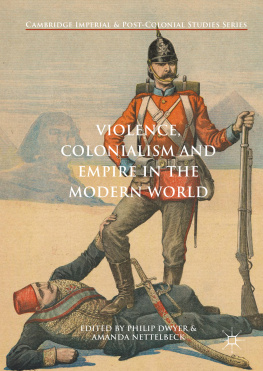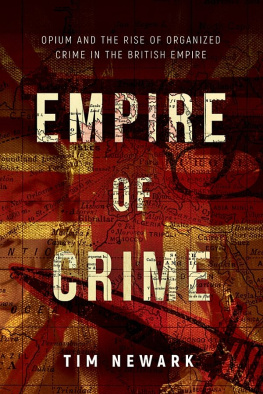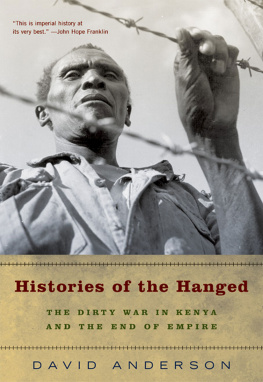Published in 2012 by I.B.Tauris & Co Ltd
6 Salem Road, London W2 4BU
175 Fifth Avenue, New York NY 10010
www.ibtauris.com
Distributed in the United States and Canada Exclusively by Palgrave Macmillan
175 Fifth Avenue, New York NY 10010
Copyright Anthony Kirk-Greene, 2012
The right of Anthony Kirk-Greene to be identified as the author of this work has been asserted by him in accordance with the Copyright, Designs and Patent Act 1988.
All rights reserved. Except for brief quotations in a review, this book, or any part thereof, may not be reproduced, stored in or introduced into a retrieval system, or transmitted, in any form or by any means, electronic, mechanical, photocopying, recording or otherwise, without the prior written permission of the publisher.
ISBN: 978 1 84885 514 4
eISBN: 978 0 85773 582 9
A full CIP record for this book is available from the British Library
A full CIP record is available from the Library of Congress
Library of Congress Catalog Card Number: available
INTRODUCTION
by ANTHONY KIRK-GREENE
T his is the second volume of the anthology drawn from Corona, the official journal of the Colonial Service/Her Majestys Overseas Civil Service published monthly from February 1949 to December 1962. The first, Glimpses of Empire, concentrated on the life of colonial officials, both professional and administrative, at work and, enpassant, at leisure: in a word, on the Colonial Service. Aspects of Empire on the other hand has been premised as the necessary complementary volume, focusing on colonial policy, Parliament and its colonial debates, and on the metropolitan modalities of decolonization as they affected the transformation and the eventual termination of the Colonial Service as a career: in brief, on the Colonial Office. If the primary appeal of Glimpses was aimed at former members of H.M. Colonial Service, with a sprinkling of British social historians among its academic readers, Aspects will likely count a large number of imperial history researchers among its readership, as well as the positive insider following of those who were there.
This second volume calls for no detailed description of the context and chronology of Corona, since such a historical account of its origin, progress and closure formed the essence of the substantial Introduction to the first volume. Of additional relevance to the Corona story are the memoirs of Coronas founding editor, K.G. Bradley, as set out in chapter 13 of his autobiography, Once A District Officer (1966) and in his article Midwife to Corona (VIII, 406409). Suffice it here to say that the Corona journal came into being as one of the items in the package deal of Colonial Office reforms (along with the turning point Despatch on Local Government, the Journal of African Administration, the Colonial Office Summer Schools at Cambridge University, and the African Studies Branch in the Colonial Office, put together by the Secretary of State for the Colonies, Arthur Creech Jones, in 1947). Its aim was, as Creech Jones outlined in a pre-publication address to members of the Colonial Service, to keep members of the Service informed about the recent pronouncements and developments in colonial policy and practice. As he saw the problem of the Colonial Service in its complex and internationally scrutinized post-war setting, it could no longer afford to perform independently, each of us working in comparative isolation in our own office, our own village, our own district, or even our own Colony or Protectorate. The answer lay in a forum for the exchange of information and a pooling of ideas; in short, a Colonial Service journal, whereby such knowledge, gained from day to day by officers at work in field, may be put into a common pool from which all their colleagues may draw with advantage (I,1,4). In place, therefore, of another meticulous Corona historical narrative introduction, the opportunity is taken here to comment on the categories and nature of the text selected, out of a corpus of over 1,500 articles, for inclusion. It thus serves, if you like, as a guide to and elucidation of the contents.
One word of explanation is in order to underline the fundamental difference between the aims of Glimpses and Aspects. While the first volume was dedicated to the nature of the work of members of the Colonial Service (later the Overseas Civil Service), covering the men and women recruited to work overseas in the Services different professional departments, the present volume focuses on the Colonial Office and on Whitehall policy rather than on the Colonial Service in individual colonial territories. In other words, here the subject matter is those in London who drew up the colonial policies and schemes, which those in the field were expected to implement. In contrast to Foreign Office practice, the Colonial Office was staffed by members of the Home Civil Service, with just a handful of Colonial Service officers attached on temporary secondment (a practice internally known as beachcombing). In a way, then, the publication order of Glimpses and Aspects reflects the reverse order of my two Colonial Service studies also published by I.B.Tauris. While On Crown Service (1999) is a history of the structure and development of Colonial/Overseas Civil Service between 1837 and 1997, it is the second volume, Symbol of Authority (2006), which analyses the character and nature of the work of the colonial administrator in the field.
Part I consists of articles on the Colonial Office, its organisation and work. Creech Jones had been quite adamant that in launching a Colonial Service journal it was at the same time to be an instrument for keeping the Colonial Office in touch with what the Colonial Officer was thinking; We here [in the C.O.], I may say, do not intend to keep out of the arena (ibid). To the outside observer, whether he or she be foreign or even British, it has often been a matter of puzzled surprise that Britains Colonial Office and Colonial Service were two distinct services, recruited and paid quite separately and unlike the Foreign Office and Diplomatic Service innocent of any regular cross-posting or interchange of personnel. Furthermore, not only did a major component of the British Empire, India, come under yet another and quite separate Whitehall Department, the India Office, but after the second World War the Dominions became the responsibility of a fourth overseas department, the Dominions (later the Commonwealth Relations) Office. In partial if minimal mitigation, as it were, of the Colonial Office/Service divide, the Warren Fisher reforms of 1930 introduced a scheme of limited exchange. Junior Principals in the Colonial Office might be seconded for a year to a colonial government to work as an understudy Assistant District Officer, while mid-seniority District Officers were from time to time seconded to the Colonial Office to learn how things worked at the London end. This latter practice came to be known as beachcombing. In the decolonizing decade, a more senior Colonial Office official was now and again seconded to a territorial government, to advise on constitutional or ministerial matters or perhaps to help in the establishment of the new Cabinet Office or local Diplomatic Service. Enabled by the convenience of air travel, from time to time in the 1950s a top official from the Colonial Office flew out to brief himself or maybe support the governor in moments of constitutional impasse. The Secretary of State, too, became measurably more itinerant than any of his pre-war predecessors could ever have been, while colonial governors could now be recalled for consultations in a matter of hours rather than weeks. The Colonial Office professional advisers, on the other hand, had long been expected to visit the colonies as part of their role, and were well acquainted with the Colonial Service scene.

